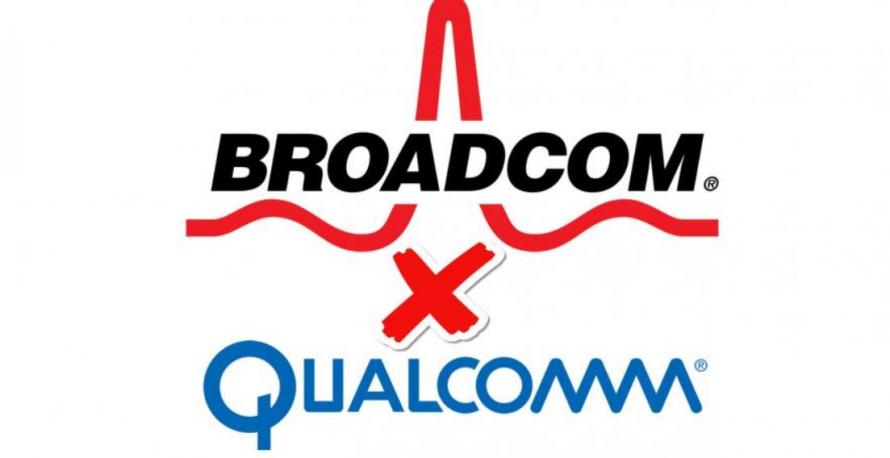Broadcom executives should’ve seen this coming.
For months now, Singapore-based Broadcom has pursued a merger with US-based Qualcomm, raising its bid for the largest US-based technology firm to $117 billion, which is developing chips that are expected to be integral to 5G network technology in the US. Then, national security issues reared their head.
Earlier this month, the Committee on Foreign Investment in the US inserted itself into the negotiations (following a request from lawmakers) by ordering Qualcomm to delay its March 6 shareholder meeting to give CFIUS more time to investigate the takeover bid.

CFIUS’s involvement presented yet another obstacle to the deal. Qualcomm had actively resisted the Broadcom’s overtures, but the Singapore-based firm’s willingness to repeatedly raise its bid, along with its plans to redomicile in the US, impressed upon investors that the company was committed to closing the merger.
Then last night, President Trump definitively quashed the deal by issuing an executive order blocking the deal on national security grounds.
“There is credible evidence that leads me to believe that Broadcom Limited, a limited company organized under the laws of Singapore (Broadcom) … through exercising control of Qualcomm Incorporated (Qualcomm), a Delaware corporation, might take action that threatens to impair the national security of the United States…”
The move, as many analysts noted, was unusual. But Kyle Bass of Hyman Capital anticipated the intervention, telling CNBC last week that QCOM’s importance to 5G tech meant that “we can’t possibly let the Broadcom Qualcomm merger to go through.
And on Monday, the Treasury Department sent a letter to lawyers involved in the deal expressing concerns about Chinese competitors in 5G network development, which raises national security concerns over the Broadcom-Qualcomm merger.
Broadcom said in a letter to Congress regarding its offer to acquire Qualcomm that the company would not sell any “critical national security assets” to any foreign companies.













Leave A Comment